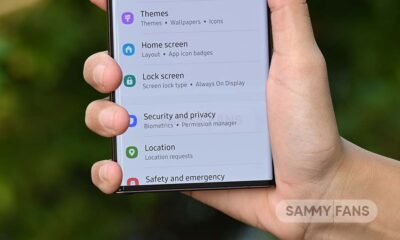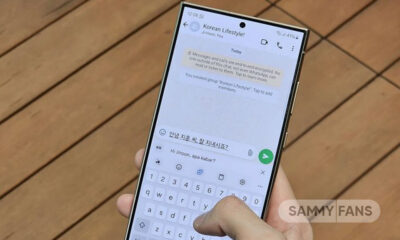Apps
Google App unveils ‘Activity’ tab for quick access to your search history
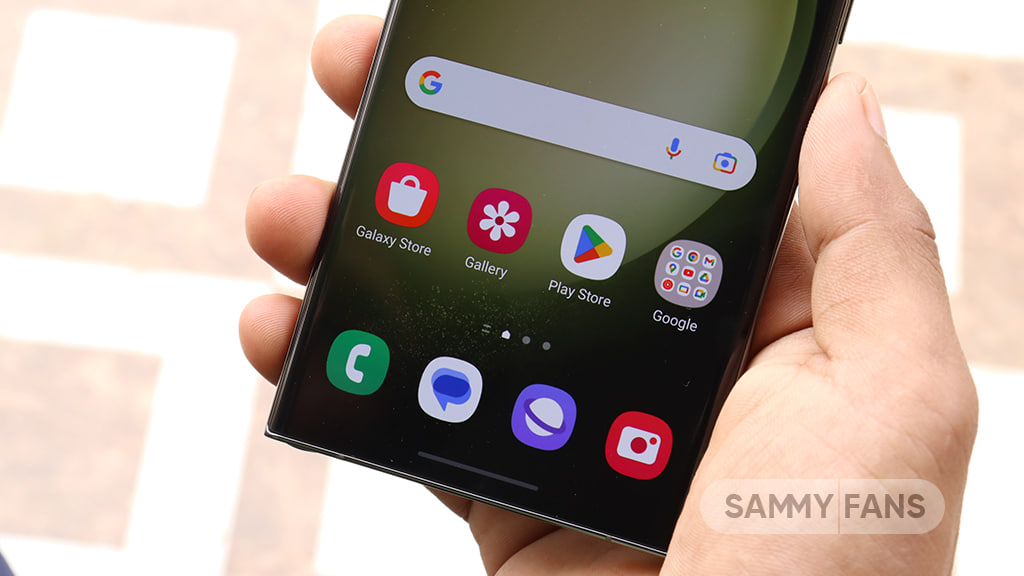
Google is introducing a new feature in the Google App called the “Activity” tab, which makes it easier for users to view and manage their search history and saved items. The tab is currently under testing and will replace the old “Saved” tab.
The new “Activity” tab is now at the bottom of the Google app. It gives users a simple, more organized way to access their search history and saved content.
Now, instead of going to different sections, users can manage everything in one spot. You can view, delete, or even share items from your search history directly from the tab.
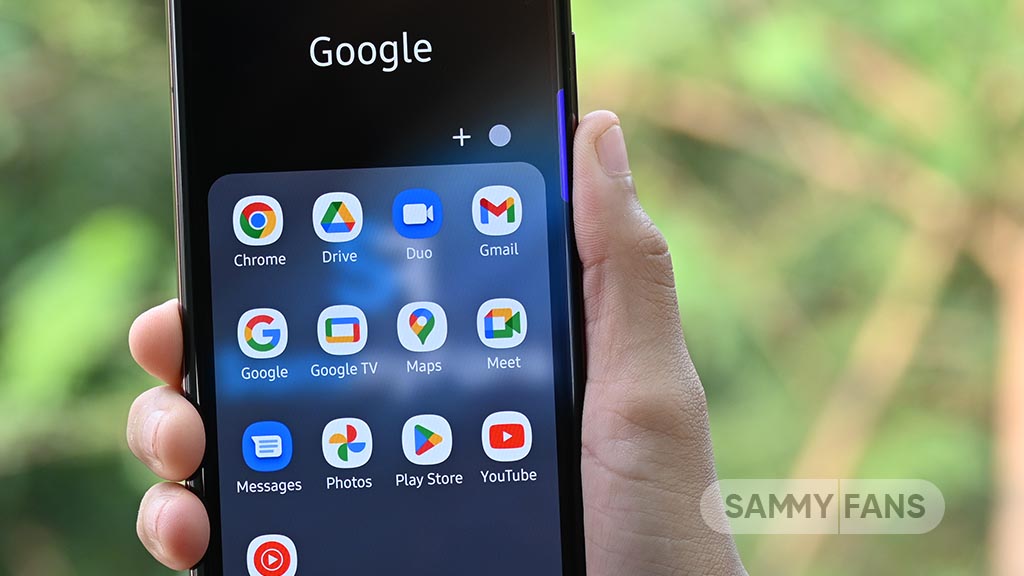
Moreover, this new feature gives users a smoother and more integrated experience compared to the old web-based layout. It allows for quicker actions, like saving or deleting specific items, without leaving the app.
This feature has been under development for a couple of months, and some users are already seeing it on their devices. However, not all users have access yet.
Even though the latest version 15.44.27.29 of the Google app is available on other devices, the “Activity” tab hasn’t appeared on all phones yet. If you don’t see the new tab just yet, don’t worry, it should be rolling out to more users in the coming days or weeks.
Apps
Android Switch: Google’s new name for the Data Restore Tool
Google has renamed its Data Restore Tool to Android Switch to make it easier for users to move data when setting up a new Android device. The tool helps users transfer apps, photos, videos, messages, contacts, and settings when they switch to a new Android phone.
However, once the transfer is done, most users don’t need to interact with the tool again, so Google decided to make the app more impressive with its new name.
Along with a new name, Android Switch comes with a fresh new logo featuring three arrows made of five dots each, in blue, yellow, and green. This color scheme is similar to the one Google used for its Switch to Android app, which helps iPhone users move to Android.

Currently, the Android Switch app is listed in the Google Play Store with a description focused on compatibility with the Pixel 9, Pixel 9 Pro, and Pixel 9 Pro Fold. These new devices allow users to transfer data even after the initial setup. Google hopes to expand this ability to all Android devices soon
With over 10 billion downloads, Android Switch is a key tool for anyone switching to a new Android phone. We can expect even more helpful features to make the process smoother.
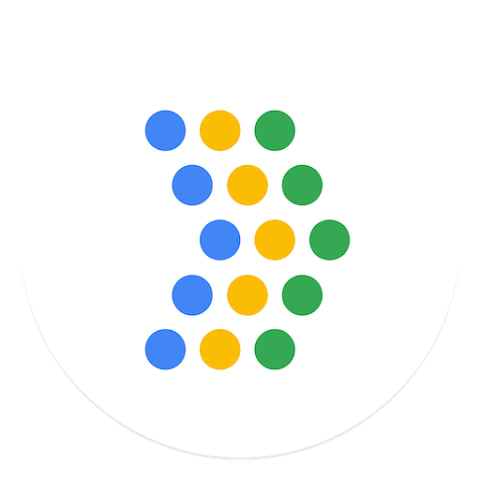
WhatsApp bringing Instagram-like sticker prompts for status updates
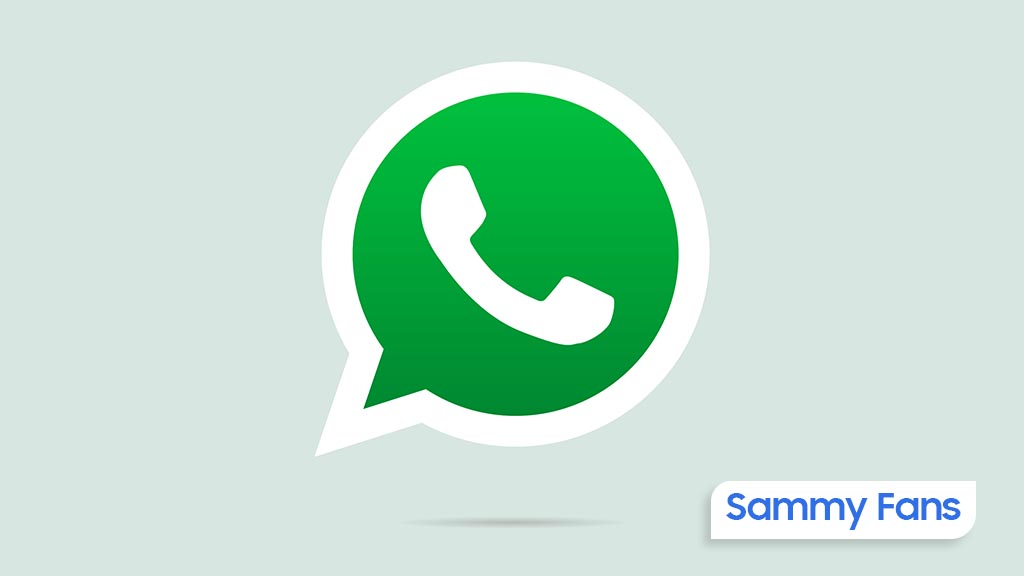
WhatsApp is testing a new feature that will make status updates more interactive and fun. In the latest beta (version 2.24.23.21) update for Android, WhatsApp is working on a new sticker prompts feature for status updates.
The “Add Yours” sticker lets users create interactive challenges or prompts in their status updates to encourage friends and contacts to share their own content.
This feature is similar to Instagram’s sticker but with a unique twist. When you use the “Add Yours” sticker, you can ask your contacts to share something specific.
For example, a user might create a prompt asking everyone to share a picture of their garden. When someone taps the sticker, they can add their status update related to the prompt. This brings a fun and creative way to engage with friends.

Since WhatsApp status updates are end-to-end encrypted, your contacts won’t be able to see who started the challenge or who has participated. It means your responses stay private, and only the people you’ve chosen to share your status with will see your content. It ensures that interactions stay secure and confidential.
The sticker prompts feature is currently being tested in the WhatsApp beta for Android and will be available in a future update. Keep an eye out for more updates as WhatsApp continues to improve its app.
WhatsApp to let users pick their preferred main color for app interface
Apps
Samsung boosts Auto Blocker with new ‘Maximum Restrictions’ feature
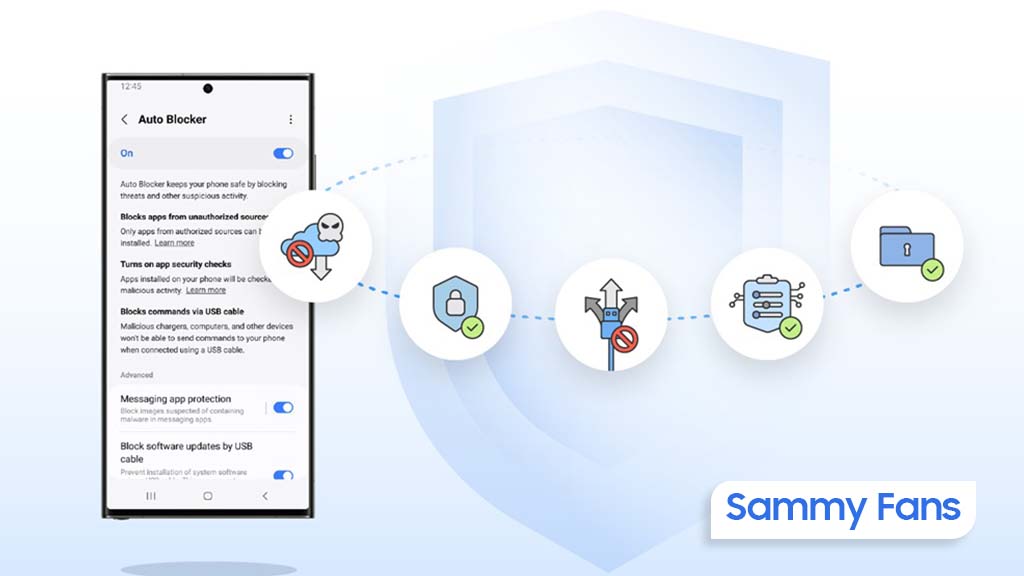
Samsung has rolled out a fresh update for its Auto Blocker app with version 1.1.00.28. The update brings a new layer of security as it introduces the “Maximum restrictions” option for users who require extra protection against potential threats.
The fresh update is rolling out for Galaxy devices running One UI 6.1.1. It offers different conditions for One UI 6.1.1 and the upcoming One UI 7. Notably, the upcoming One UI iteration will provide enhanced security with Auto Blocker.
The fresh update of Samsung Auto Blocker adds the “Maximum restrictions” mode, which offers stronger protection for sensitive data. When activated, this mode restricts certain features on the device to limit exposure to unauthorized access.
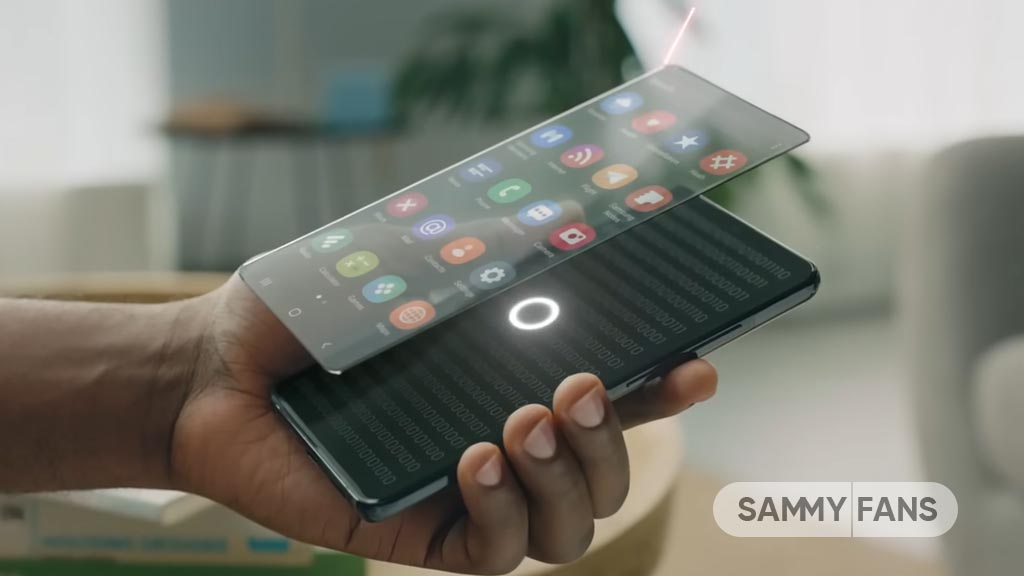
The update turns on the “App protection” feature, which blocks the activation of device admin apps and work profiles. Additionally, some Samsung apps, including Samsung Messages and Gallery, will have limited functionality when this mode is enabled.
What’s new for One UI 7 devices?
With One UI 7, the “Maximum restrictions” mode will receive even more robust protections. When the Auto Blocker turns on, it blocks USB connections and prevents devices from connecting to your phone for purposes other than charging. In addition, the update also blocks 2G networks and prevents automatic reconnection to non-secure Wi-Fi networks.
Aside from this, Samsung has already started rolling out One UI 7’s Auto Blocker maximum restrictions conditions to Galaxy devices through a new update. Currently, some Galaxy flagships received its support and will expand to more soon.
US unlocked Galaxy S24 gets advanced Auto Blocker with November 2024 update



